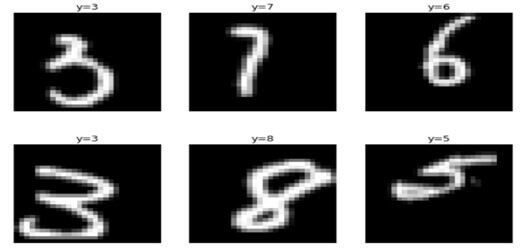

One is to use fit_generator method of Keras model. Train with a generatorĪfter creating a generator, you have two options. If you want to modify your dataset between epochs you may implement on_epoch_end. Return math.ceil(len(self.x) / self.batch_size) import mathĭef _init_(self, x_set, y_set, batch_size): This can be achieved by modify the method _getitem_.

To create our own data generator, we need to subclass tf. and must implement the _getitem_ and the _len_ methods.Ī generator should return a batch including (input, output) for training. However, Tensorflow Keras provides a base class to fit dataset as a sequence. There are a couple of ways to create a data generator. In this article, we will demonstrate using a generator to produce data on the fly for training a model. I apologize for the poor explanation but I am pretty new to this as well :-) I am sure someone else will provide a better answer but this should get you started.Īnd finally here is one I use on a current project.Previously, we train our model using the pre-generated dataset, for example, in the recommender system or recurrent neural network. This approach also greatly reduces your memory usage and usually, your system's memory will hit some point and not really change until all data has been fed to the DNN. So the generator function serves up chunks of data in batches, it can be run in parallel as well to increase speed. Even on a powerful server that is a little bit too much data for hardware I use. On my project, I have a couple of terabytes of signal data. In a generator, the function returns data in chunks continuously until there is no data to return. For example, in a normal function, you would use return to return some chunk of data every time that function is called. That being said the first thing to remember is that a generator is essentially like any other function your write that returns something with the exception is that the function runs a continuous loop that is designed not to exit. Ill supply two tutorials I used when I first started using fit_generator.

They use images as example, which is not my case (csv data only), and not easy to understand. Mark: I have read several online examples (e.g., this and this).
#Data generator keras example how to
How to write a generator function (the 1st parameter of fit_generator)? fit_generator(generator, steps_per_epoch=None, epochs=1, verbose=1, callbacks=None, validation_data=None, validation_steps=None, validation_freq=1, class_weight=None, max_queue_size=10, workers=1, use_multiprocessing=False, shuffle=True, initial_epoch=0) Most online suggestions are to use fit_generator( ) instead of fit( ) (also suggested from keras website). But if dataset is too BIG then " large dataset do not fit the memory". It works well if the dataset is LESS than RAM size. I already can fit & evaluate them using: model.fit(train_x, train_y, batch_size=32, epochs=10) csv files, I have already read csv input data until the following format: # train_x is data, train_y is label This question is a further step of this question.


 0 kommentar(er)
0 kommentar(er)
